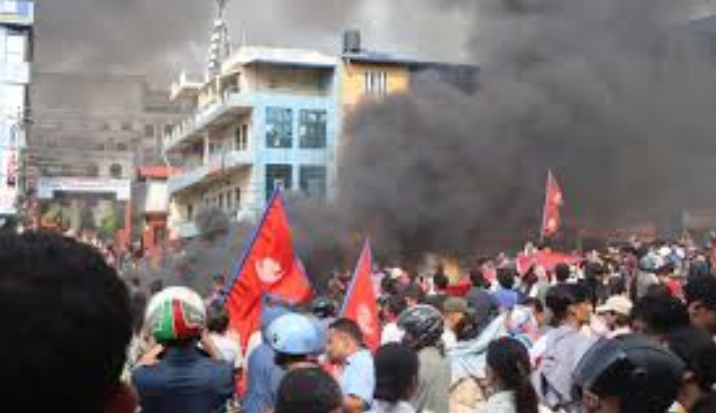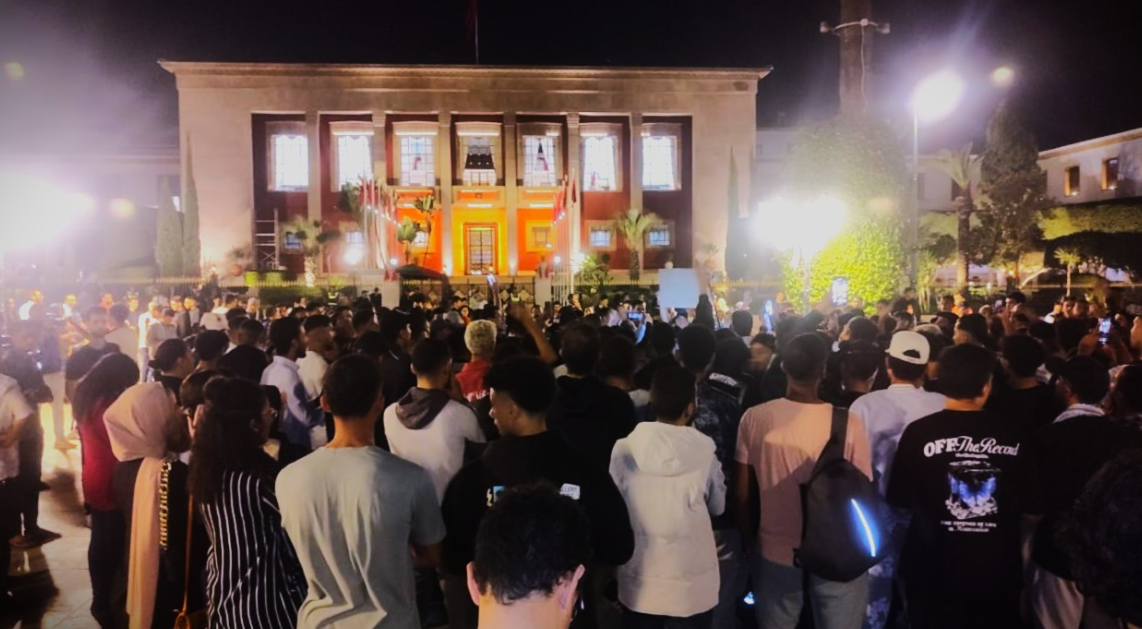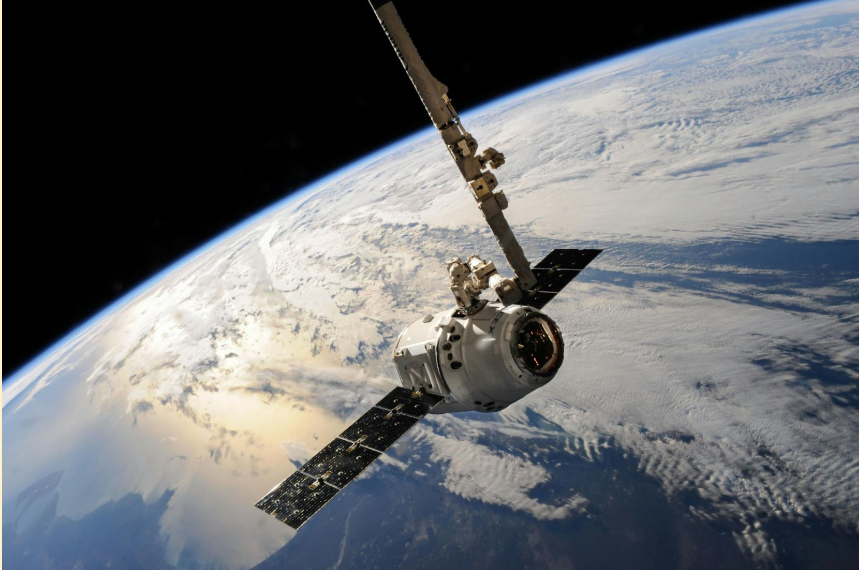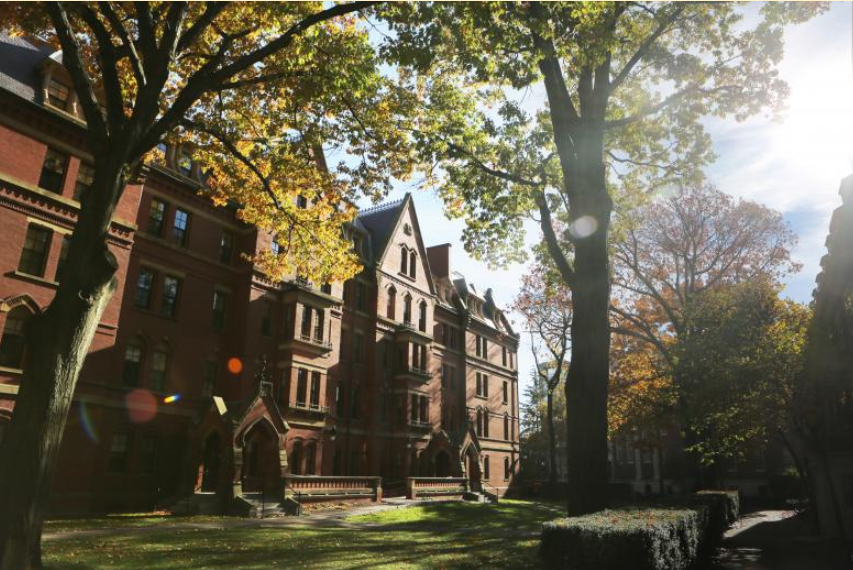In September, Nepal experienced a historic wave of youth-led protests now known as Nepal’s Gen Z protests—one of the largest revolutions the country has witnessed in decades. The outcry was initially sparked by a government-issued social media ban, but quickly evolved into a greater, nationwide movement for freedom, accountability and government transparency. There are several key moments that defined Nepal’s Gen-Z protests, from the first announcement of the social media ban to the resignation and reappointment of Prime Ministers.
Sept. 4: The Government’s Announcement
The Nepalese government announced via press statements that more than two dozen social media platforms, including popular apps like Instagram, X (formerly Twitter), YouTube and Facebook, would be banned through internet blocking. Although Nepalese officials claimed the ban was to prevent misinformation and protect users, many across the country saw it as an attempt to silence criticism of the government. In the weeks leading up to the ban, #nepobabies circulated frequently as a joke, a reference to young people who are privileged and get opportunities, fame, and influence because of family connections instead of their own merit.
The hashtag denounced the nepotism in Nepal that kept economic opportunities confined to the ruling party’s familial networks, shutting off broader access to social mobility.
Sept. 8: Mass Protests Turn Violent
On September 8th, mass protests erupted across the country, primarily led by Generation-Z students and youth. One protest near Nepal’s parliament building amassed tens of thousands of protesters, and quickly turned violent as security and police attempted to disperse the angry crowds using tear gas, water cannons, and even ammunition. The police violence fueled public outrage, driving protesters to burn down government buildings, police stations, and homes of politicians across the country, including that of former prime minister Jhalanath Khanal. These events combined resulted in at least 19 reported deaths and 347 injuries.
Sept. 9: Prime Minister K.P. Sharma Oli Resigns
Amid mounting pressure from the public, as well as international scrutiny, Prime Minister K.P. Sharma Oli resigned the morning following the protests. Reports indicate that he fled to army barracks in Shivapuri, Nepal. His departure was met with celebration by protesters across the nation.
Despite Oli’s call for a cease of violent action prior to his resignation, protests continued, setting fire to more government buildings including the president’s residence in Sital Niwas, the prime minister’s residence in Baluwatar, the parliament building and the administrative headquarters of Nepal, all key government buildings that symbolized Nepal’s government authority and corruption. The Tribhuvan International Airport was closed when surrounding protests created hazardous conditions for aircraft operations, which left hundreds of travelers stranded. Political leaders were attacked in their residences; former Prime Minister Sher Bahadu Deuba and his wife, Deputy Prime Minister Prakash Man Singh, former president Bidya Devi Bhandari and Foreign Minister Arzu Rana Deuba all had their houses set on fire or vandalized, with some being critically injured by the flames. Prisons in Kailali, Kathmandu and Kaski, three major cities, were all attacked by protesters, allowing for the escape of thousands of inmates. A mad scramble to find and retrieve the escapees ensued; some have been recaptured or turned in, but many still remain at large.
Sept. 12: Interim Prime Minister Sushila Karki is Sworn in
Many members of the previous government had resigned amid the crisis, mainly for fear of their personal safety. To fill the vacant office, Sushila Karki was appointed interim Prime Minister of Nepal by the Nepalese president on September 12. Karki had been explicitly endorsed by the Gen-Z movement as its transitional leader. Youth leader Junal Gadal said, “We should choose Sushila Karki as the best option as the guardian of the country.”
Karki came into the appointment with a clear understanding that her role was merely temporary and meant to steer the country through the immediate pending crisis towards permanent elections in the future. She announced many plans of action: an effort to compensate killed or injured protesters, major government reforms, new elections, and improved government transparency moving forward. Karki vowed to combat corruption, create jobs and improve living standards for everyday young Nepali citizens.
Sept. 12 and the Future: Government Response and Next Steps
On Sept. 15, Karki appointed three new ministers to her interim cabinet, signaling a commitment to government reform in the aftermath of the protests. She also pledged to conduct the upcoming March 5 general elections in a free and fair manner, giving Gen-Z voices more say in which candidates become their officials. The interim government is actively pursuing investigations into allegations of corruption regarding the previous Nepali government. Following up on her promise, Karki announced that families of the individuals who lost their lives during the protests would receive monetary compensation, while those injured would be provided with medical treatment. However, despite these initiatives, there continue to be challenges. Many protesters are still frustrated with the slow pace of reform and lack of justice, considering no arrests of former officials have taken place yet.
Though the future is still unclear, the recent Nepal Gen-Z protests mark a turning point in Nepal’s modern history. This movement attested to the power of ordinary young citizens in creating significant change by making their voices heard. Karki and the new interim administration have a lot of work left to do—and they will have to navigate these complex issues while balancing demands for justice as well as the more practical economic and logistical challenges the country faces during this transitional period. These coming months will test the government’s ability to come together and reform a struggling country amid political uncertainty and public pressure. Whether the events of the Gen-Z movement lead to lasting change is now in the hands of Karki and her interim government, and they will determine the fate of Nepal’s future.









